Explore constellations in the night sky! Here you can find guides for the 88 officially recognized by the IAU (International Astronomical Union) star constellations with maps, forming stars, exciting facts, fantastic astrophotography targets inside, and frequently asked questions and answers.

Jump to:
What are Constellations?
Constellations are patterns of stars in the night sky, created by joining together individual stars to form images that reflect an object, an animal, or a famous person from Greek mythology.
Constellations were already identified by ancient civilizations and later adopted by modern astronomers - the International Astronomical Union (IAU). Stargazers worldwide recognize 88 official constellations, and you can use this guide to learn about them.

Where do Constellations come from?
The Greeks and the Romans both came up with constellations, but they had different stories about how they got their names.
The Greeks saw patterns in the stars that made them look like images of gods and heroes. So they called these star groups "constellations," which means "unformed stars" or "disconnected stars."
The constellations used by the ancient Romans were all figures from classical Greco-Roman mythology. The Greeks had 12 constellations, but the Romans deviated from this number by adding more figures to their zodiac to make it differ even more.
Constellations in Alphabetical Order
Below you can find all the 88 constellations sorted in alphabetical order:
- Andromeda
- Antlia
- Apus
- Aquarius
- Aquila
- Ara
- Aries
- Auriga
- Bootes
- Caelum
- Camelopardalis
- Cancer
- Canes Venatici
- Canis Major
- Canis Minor
- Capricornus
- Carina
- Cassiopeia
- Centaurus
- Cepheus
- Cetus
- Chamaeleon
- Circinus
- Columba
- Coma Berenices
- Corona Australis
- Corona Borealis
- Corvus
- Crater
- Crux
- Cygnus
- Delphinus
- Dorado
- Draco
- Equuleus
- Eridanus
- Fornax
- Gemini
- Grus
- Hercules
- Horologium
- Hydra
- Hydrus
- Indus
- Lacerta
- Leo
- Leo Minor
- Lepus
- Libra
- Lupus
- Lynx
- Lyra
- Mensa
- Microscopium
- Monoceros
- Musca
- Norma
- Octans
- Ophiuchus
- Orion
- Pavo
- Pegasus
- Perseus
- Phoenix
- Pictor
- Pisces
- Piscis Austrinus
- Puppis
- Pyxis
- Reticulum
- Sagitta
- Sagittarius
- Scorpius
- Sculptor
- Scutum
- Serpens
- Sextans
- Taurus
- Telescopium
- Triangulum
- Triangulum Australe
- Tucana
- Ursa Major
- Ursa Minor
- Vela
- Virgo
- Volans
- Vulpecula

Celestial Quadrants
What is the celestial quadrant? The celestial sphere is divided into two halves of the ecliptic. Each of these two halves is then divided into four celestial quadrants - four large regions of the sky that encircle the Earth. These quadrants are defined by Earth's rotation and our galaxy's equator.
Below you can find constellations divided by the quadrants they belong to. "N" quadrants are Northern Hemisphere quadrants, "S" - Southern Hemisphere.
NQ1
Parameters
| RA (Right Ascension) | 0h00 to 6h00 |
| DEC (Declination) | 0° to +90° |
| Celestial Hemisphere | Northern |
| Best Visibility | October - January |
Constellations
- Andromeda
- Aries
- Cassiopeia
- Orion
- Perseus
- Pisces
- Taurus
- Triangulum
NQ2
Parameters
| RA (Right Ascension) | 6h00 to 12h00 |
| DEC (Declination) | 0° to +90° |
| Celestial Hemisphere | Northern |
| Best Visibility | January - April |
Constellations
- Auriga
- Camelopardalis
- Cancer
- Canis Minor
- Gemini
- Leo
- Leo Minor
- Lynx
- Monoceros
- Ursa Major
NQ3
Parameters
| RA (Right Ascension) | 12h00 to 18h00 |
| DEC (Declination) | 0° to +90° |
| Celestial Hemisphere | Northern |
| Best Visibility | April - July |
Constellations
- Boötes
- Canes Venatici
- Coma Berenices
- Corona Borealis
- Draco
- Hercules
- Serpens
- Ursa Minor
NQ4
Parameters
| RA (Right Ascension) | 18h00 to 0h00 |
| DEC (Declination) | 0° to +90° |
| Celestial Hemisphere | Northern |
| Best Visibility | July - October |
Constellations
- Aquila
- Cepheus
- Cygnus
- Delphinus
- Equuleus
- Lacerta
- Lyra
- Pegasus
- Sagitta
- Vulpecula
SQ1
Parameters
| RA (Right Ascension) | 0h00 to 6h00 |
| DEC (Declination) | 0° to -90° |
| Celestial Hemisphere | Southern |
| Best Visibility | October - January |
Constellations
- Caelum
- Cetus
- Columba
- Dorado
- Eridanus
- Fornax
- Horologium
- Hydrus
- Lepus
- Mensa
- Phoenix
- Pictor
- Reticulum
- Sculptor
SQ2
Parameters
| RA (Right Ascension) | 6h00 to 12h00 |
| DEC (Declination) | 0° to -90° |
| Celestial Hemisphere | Southern |
| Best Visibility | January - April |
Constellations
- Antlia
- Canis Major
- Carina
- Chamaeleon
- Crater
- Hydra
- Puppis
- Pyxis
- Sextans
- Vela
- Volans
SQ3
Parameters
| RA (Right Ascension) | 12h00 to 18h00 |
| DEC (Declination) | 0° to -90° |
| Celestial Hemisphere | Southern |
| Best Visibility | April - July |
Constellations
- Apus
- Ara
- Centaurus
- Circinus
- Corvus
- Crux
- Libra
- Lupus
- Musca
- Norma
- Ophiuchus
- Scorpius
- Triangulum Australe
- Virgo
SQ4
Parameters
| RA (Right Ascension) | 18h00 to 0h00 |
| DEC (Declination) | 0° to -90° |
| Celestial Hemisphere | Southern |
| Best Visibility | July - October |
Constellations
- Aquarius
- Capricornus
- Corona Australis
- Grus
- Indus
- Microscopium
- Octans
- Pavo
- Piscis Austrinus
- Sagittarius
- Scutum
- Telescopium
- Tucana
FAQ
Constellation is a specific area in the celestial sphere established by the International Astronomical Union. The stars included in the constellations are usually not physically related. Instead, their close location in the night sky is caused by the geometric effect of projecting their positions onto the celestial sphere.
The International Astronomical Union officially recognizes 88 constellations on the night sky.
An asterism is a pattern of stars in the night sky that is not officially recognized as a constellation. Asterisms can be named, and their shapes can be altered, but they are not considered constellations formally. The most popular ones include the Big Dipper (in Ursa Major), the Southern Cross (in Crux), and Orion's Belt (in Orion).


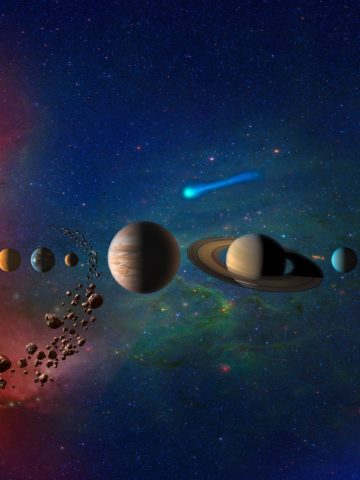

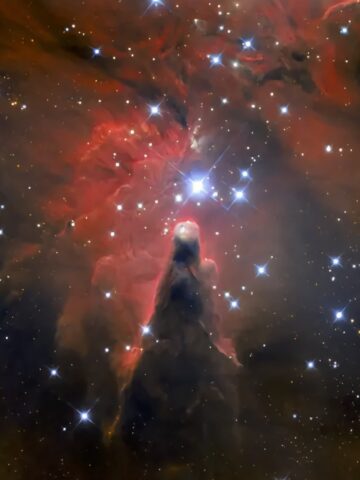
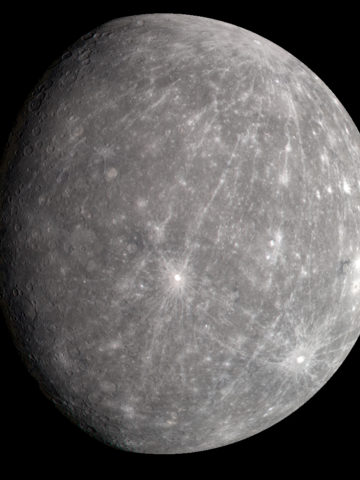
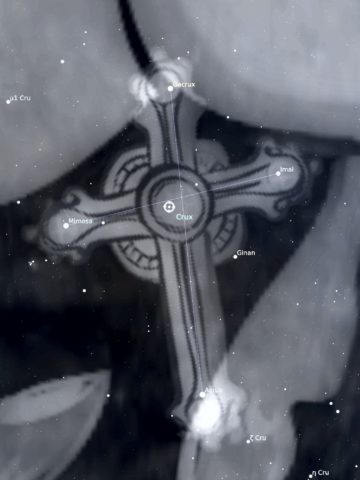
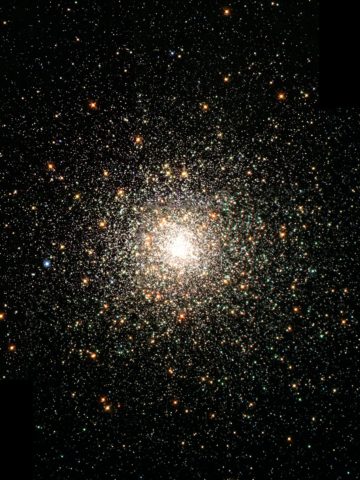
Comments
No Comments